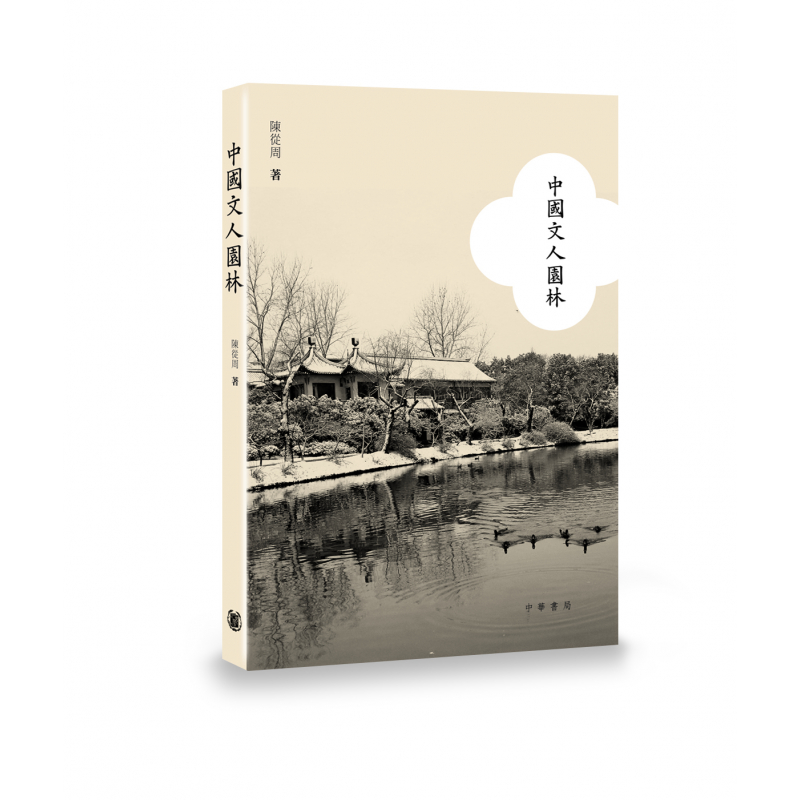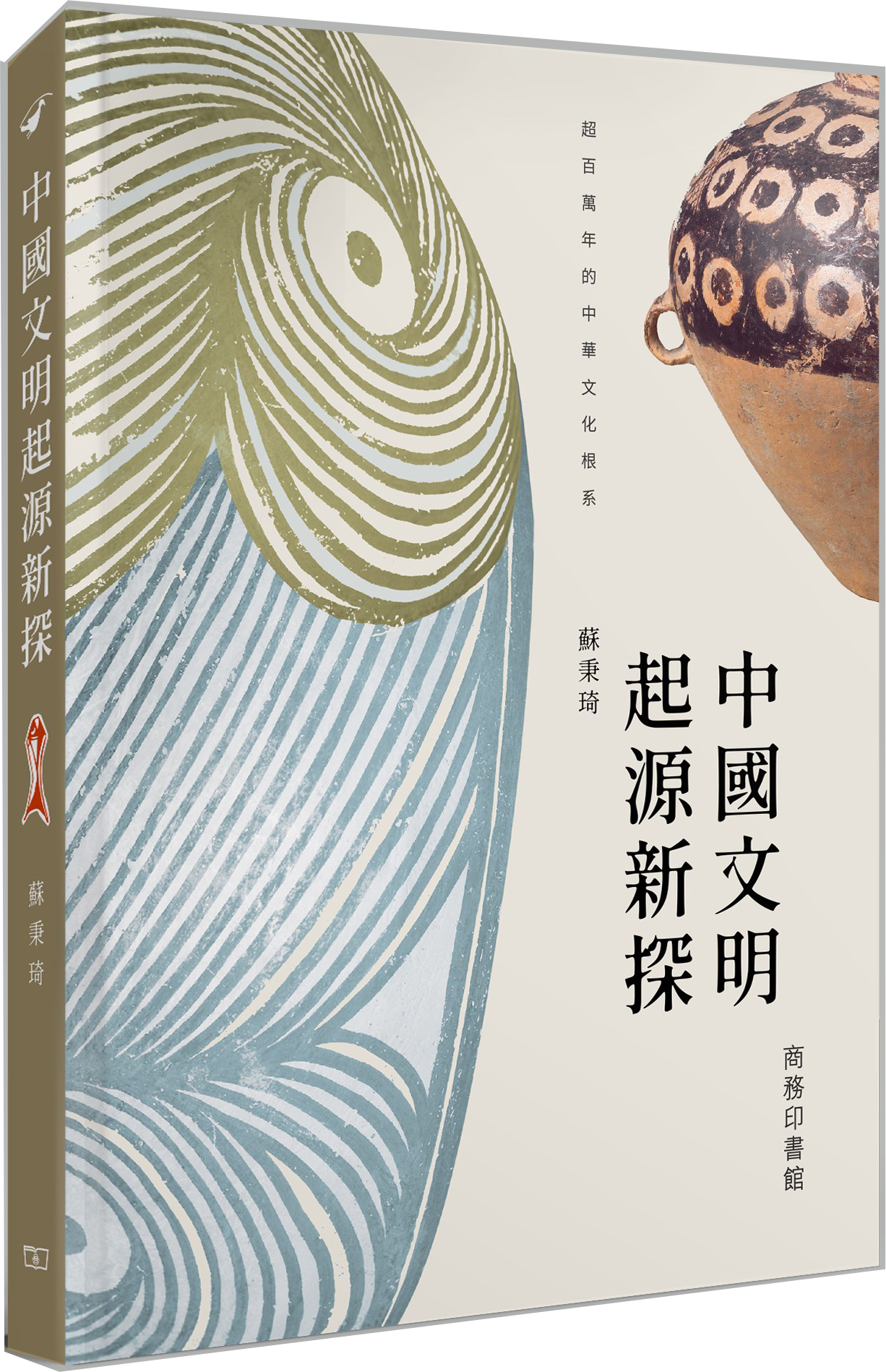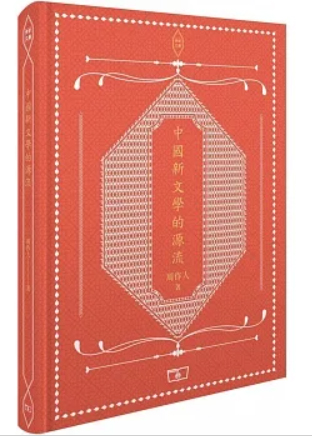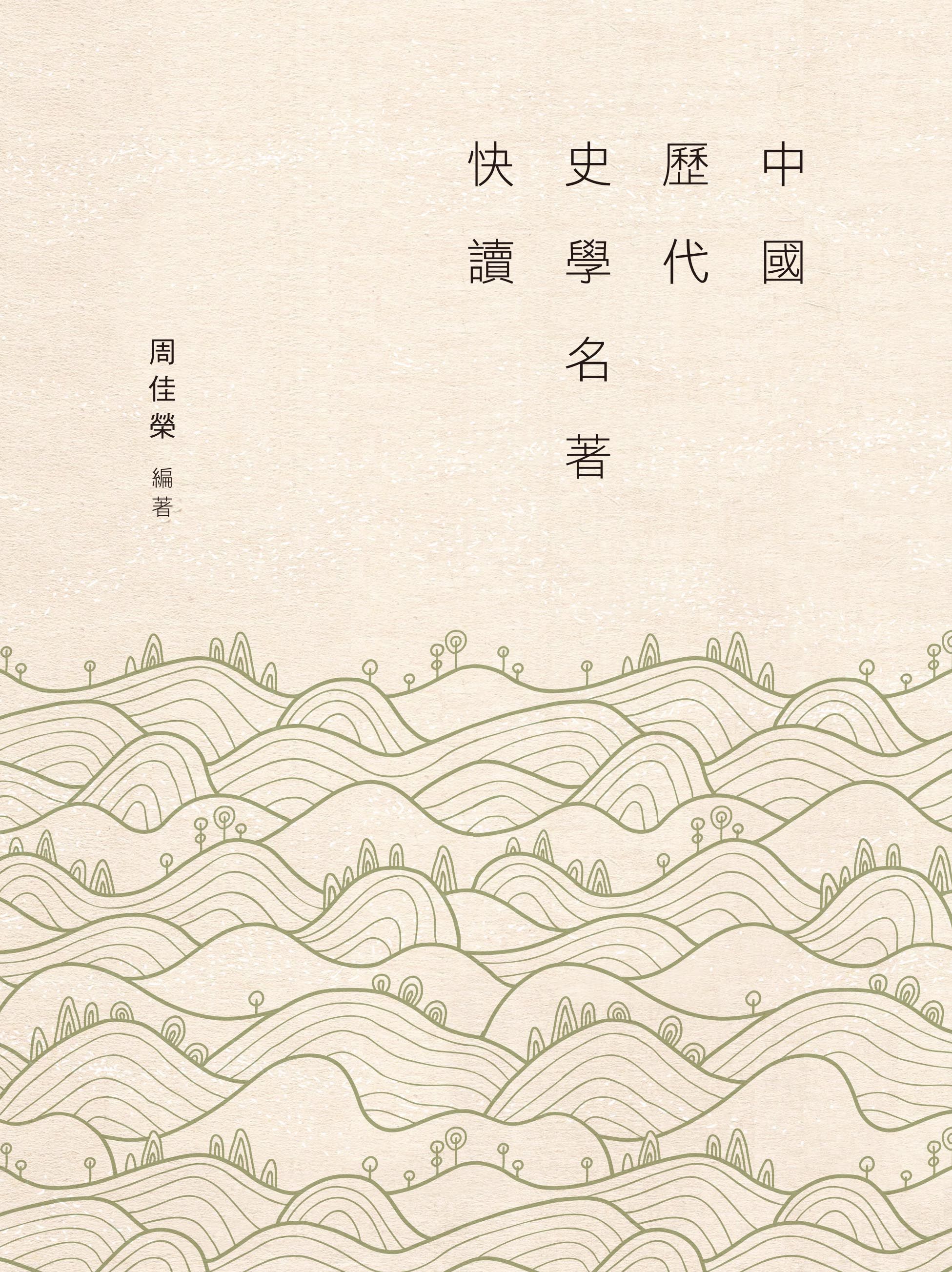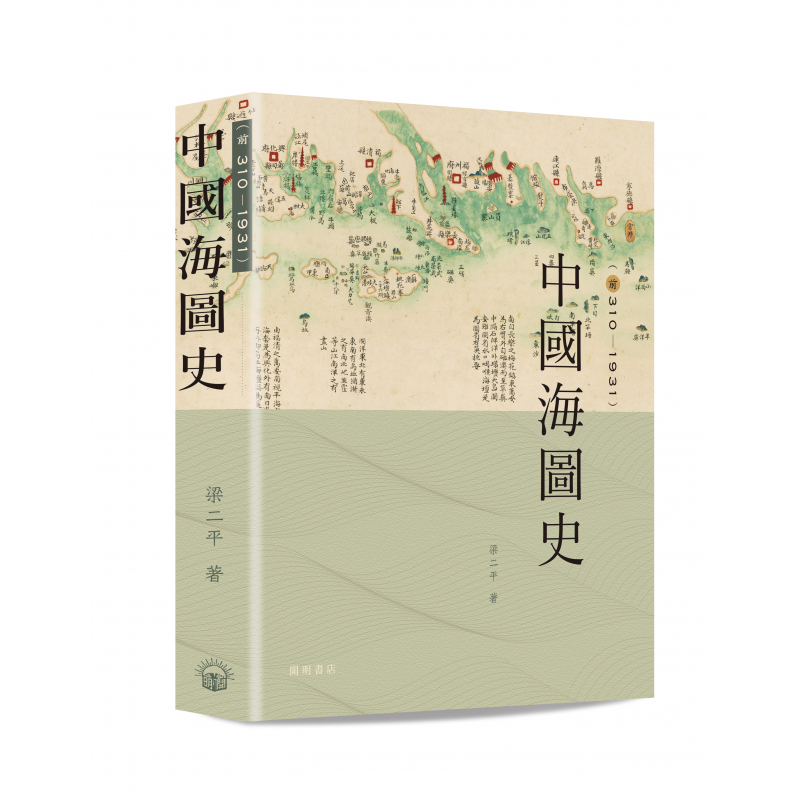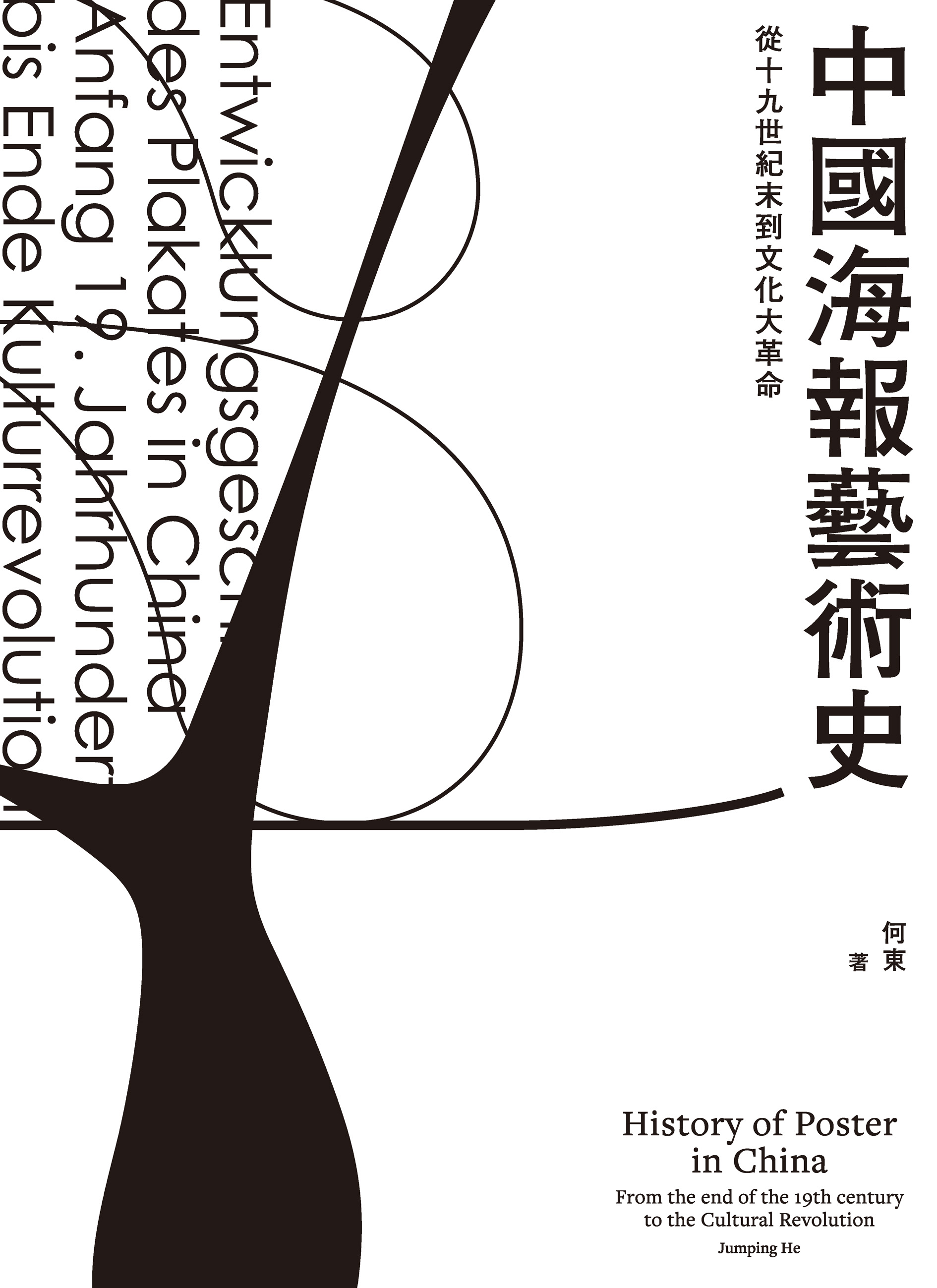e-Book List
e-Book
Chinese classical gardens, also known as "literati gardens," reflect the cultural traditions of the Ming and Qing Dynasties. Scholars, literati, painters, and gardeners sought solace in nature, embodying literary thoughts in garden construction. As Mr. Chen Congzhou stated, the garden and literature are inseparable, with the construction of the garden stemming from literary thoughts and its existence relying on literature for transmission. This intertwining relationship underscores the deep cultural significance of Chinese classical gardens.
- AuthorChen Congzhou
- PublisherChung Hwa Book Co., (H.K.) Ltd.
- Publication Date2020
This book is a summary of Mr. Su Bingqi's archaeological experience in his life's final stage. It is a work of archaeology that he wrote for the public with all his energy. It is known as the "century work of Chinese archaeology". The book takes his more than 60 years of archaeological career as the main line, reviewing the arduous road he has taken in exploring the subject theory and method of archaeology in practice, reflecting from one aspect the growth process of Chinese archaeology and the main achievements in exploring the origin of Chinese civilization. The academic views on the origin of Chinese civilization proposed in the book, such as the "six major regional systems", "the stars in the sky", and "the convergence of the Central Plains", have broken through barriers and brought profound influence to the development of Chinese archaeology.
- AuthorSu Bingqi
- PublisherThe Commercial Press
- Publication Date2020
- Preview
The May Fourth Movement had a profound impact on China, advocating the use of vernacular writing and having epoch-making significance. The author of this book is one of the most outstanding essayists in modern China, with exquisite insights into Eastern and Western literature. With an extraordinary vision, he analyzes the source of vernacular writing layer by layer, connecting the past and the present, allowing readers to understand the various contexts and connections between vernacular writing and ancient literature.
- AuthorZhou Zuoren
- PublisherThe Commercial Press
- Publication Date2022
- Preview
The book covers six periods: the pre-Qin, the two Han, the Wei, Jin, Southern and Northern Dynasties, the Tang Dynasty, the Song and Yuan, and the Qing Dynasty, expounding on important historical works of each era. It delves into the author's life, writing process, content, style, and historical evaluation, while also involving related classics for systematic presentation of ancient Chinese historiography. The content is appropriately detailed and simple, with references to recent research results. It includes tables for explanation, annotations for each chapter, and selected classic passages from historical books for reading. Additionally, it provides a bibliography for further reading guidance.
- AuthorZhou Jiarong
- PublisherThe Commercial Press
- Publication Date2016
Ancient Chinese geography marginalized the sea for a long time, resulting in few surviving ancient marine charts due to wars and limited investment in academia. The author of this book has dedicated years to collecting and sorting ancient Chinese sea charts from rare collections, private collectors, and overseas libraries. These include the earliest silk book map depicting the sea in the Han Dynasty, the first map fully describing China's maritime boundaries, and maps depicting sea routes, coastlines, estuaries, sea defenses, transportation, and ocean navigation since the Ming and Qing Dynasties. This effort constructs a simplified history of Chinese sea charts.
- AuthorLiang Erping
- PublisherKai Ming Bookstore
- Publication Date2021
The poster originated in the French-speaking area of the 16th century. In China, it was an imported product that came with Western goods after the end of the Opium War. In the history of Chinese posters, two world-class miracles were created twice. The climax of these two poster periods had different historical backgrounds, and the content of the posters was also different as a medium for information dissemination. In the 1920s and 1930s, with commercial trade as the core content, the artistic exchanges brought by missionary culture precipitated and promoted the cooperation between Chinese folk artists and European businessmen. This not only allowed Chinese society to accept this new thing, but also jointly created the first grand event of Chinese posters. In the 1960s, the "Cultural Revolution" led by Mao Zedong brought about the second wave of Chinese posters. It took the form of Soviet art, and the core content turned to political propaganda. The two poster heydays, whether in the number of artists or the print volume of posters, have become records that cannot be surpassed so far. Today, few people know about the history and artistic achievements of Chinese posters, and they have long been ignored in international poster history. The content of this book is centered on the history of Chinese posters, and the method is to analyze the artistic value. After the appearance of posters in China at the end of the 19th century, until the end of the Cultural Revolution, the changes in artistic style, the changes in the status of artists, and their creative experiences during nearly a century of time are described in detail. This book contains nearly 200 precious color poster collections, which will bring new content to the study of Chinese design history and Chinese art history.
- AuthorHe Dong
- PublisherJoint Publishing
- Publication Date2023


